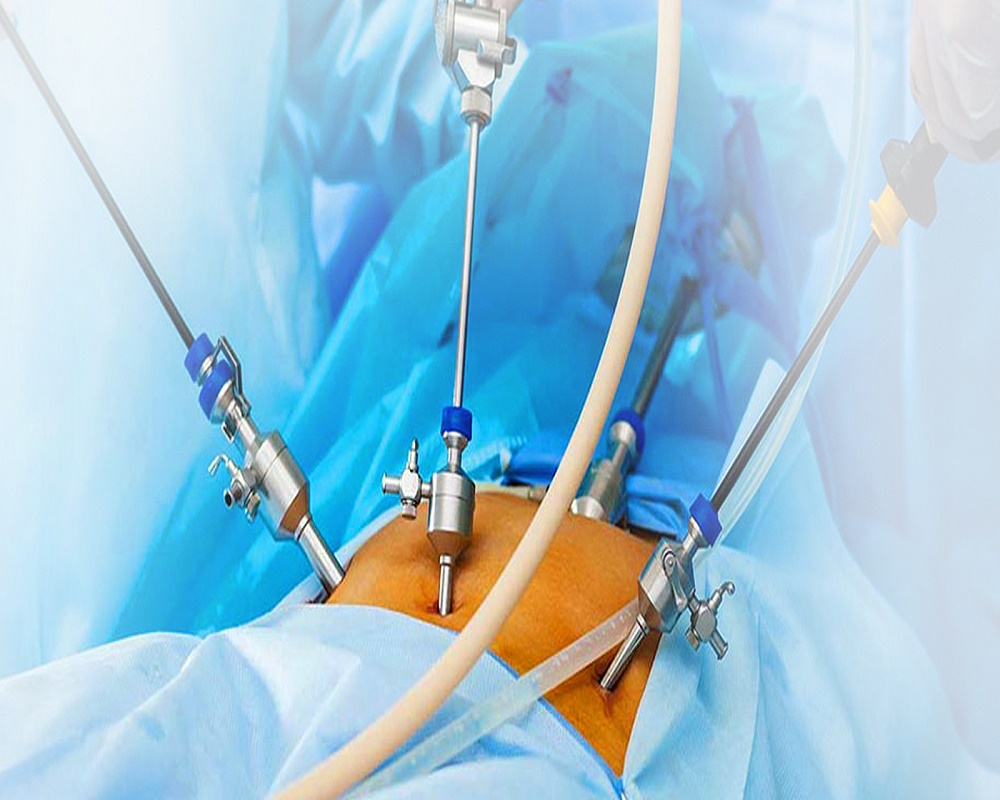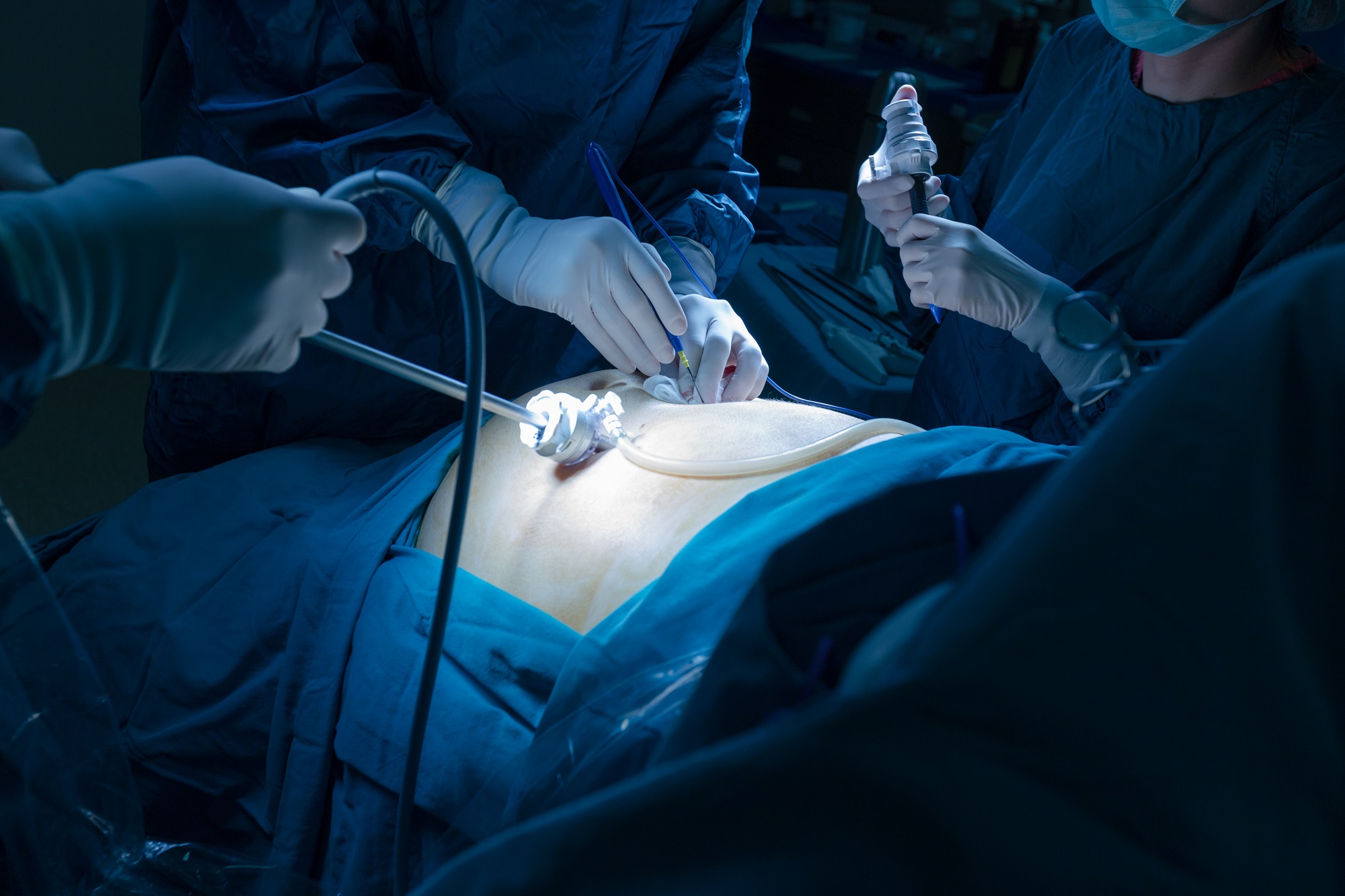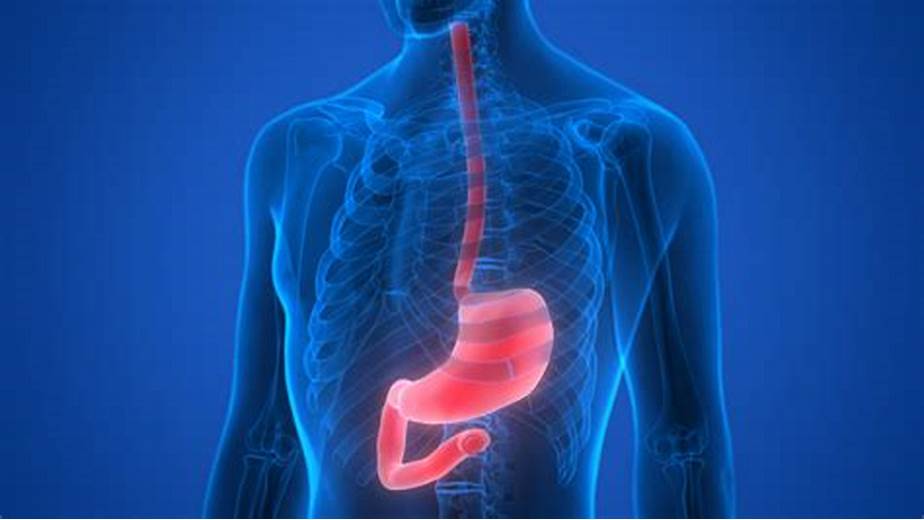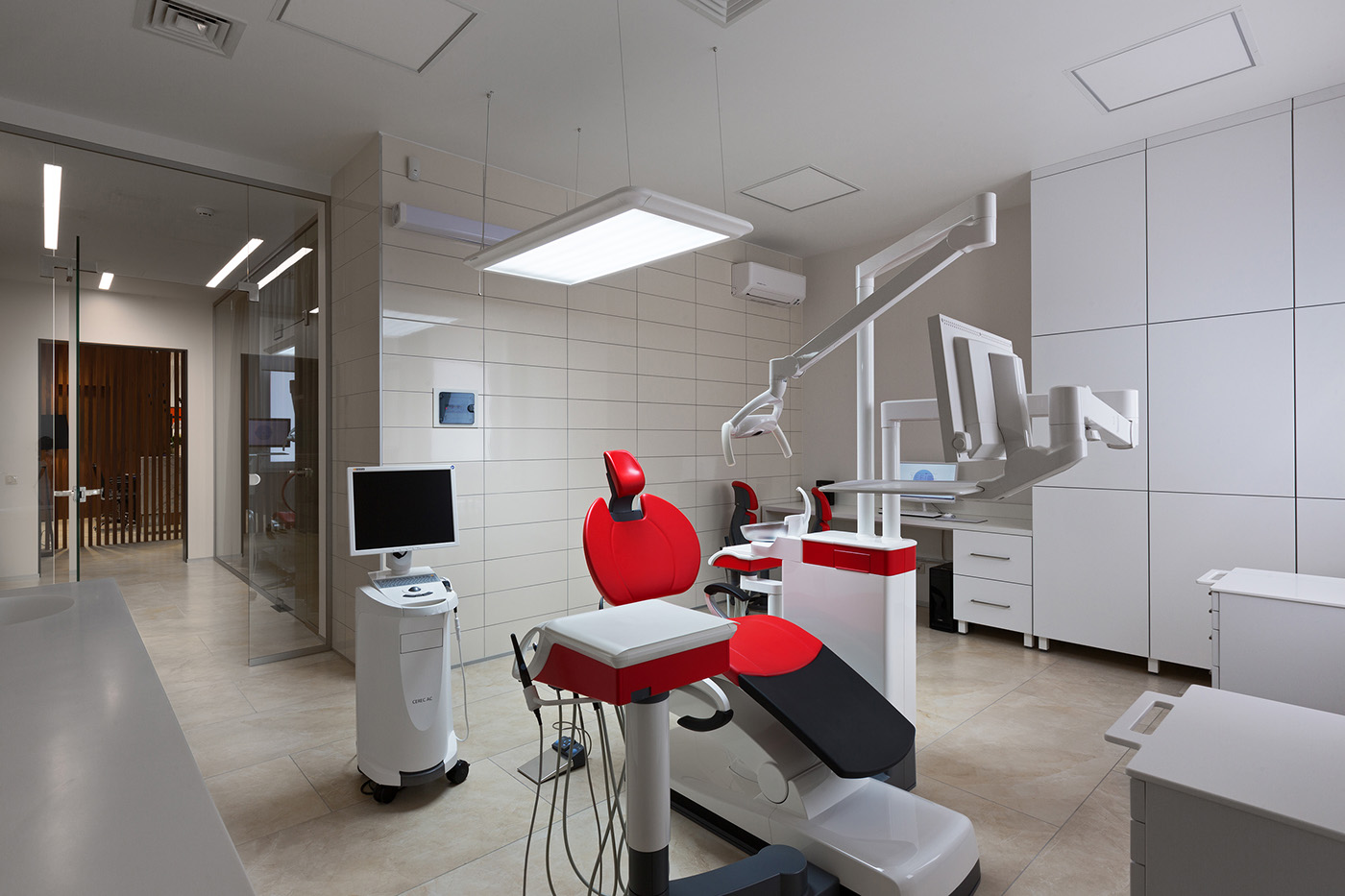Brief Introduction about Minimal Invasive Surgery
General & Laparoscopic Surgery
General surgery is a branch of surgical speciality that focuses on complex and interrelated organs of the abdomen including the oesophagus, stomach, small intestine, large intestine, colon, liver, pancreas, gallbladder, appendix and the bile ducts. The speciality also has expertise in surgical management of diseases of the breast, skin, soft tissue and hernias. Due to technological advances today, depending on the type of surgery, various surgery methods are utilised such as open surgery, minimally invasive surgery. In general, minimally invasive surgery is associated with less pain, fewer complications and faster recuperation.
Wecare Healthcare, General and Laparoscopic Surgery Department offers comprehensive surgical management for patients (adult and paediatric) with accurate diagnosis, timely and efficient treatment and excellent post-operative care. Department provides surgery techniques across the spectrum of diseases affecting the digestive system and morbid obesity.
Based on patient’s diagnosis and clinical condition, centre has access to a variety of surgical procedures such as traditional open surgery (appendectomy, gallbladder removal, hernia) to highly advanced minimally invasive or key-hole surgeries (adrenalectomy, colectomy, splenectomy) including state-of-the-art bariatric surgeries.
Our constant endeavour is to deliver a patient-friendly ecosystem with shorter recovery time and faster return to daily routine. We are the leading in the city for best surgical outcomes, at par with international standards.


Laparoscopic Surgery
A laparoscopy is a type of minimally invasive surgery that aids diagnosis and therapeutic interventions with a few small incisions in the abdomen. It is performed using an instrument called laparoscope, a thin tube that has a tiny video camera and light at the front for allowing the surgeon to view inside the body. Most often, it is used to diagnose tumors and other growths, blockages, unexplained bleeding and infections and also to identify the source of pelvic or abdominal pain.
Well-trained operation theatre nurses, clinical nutritionists, physiotherapists. The team is ably supported by intensive care specialists, infectious diseases specialists, radiologists and clinical pharmacologists.
Benefits of Minimal Access Surgery
Quick recovery time
Small Incisions
Less discomfort
Shorter hospital stays
less internal scarring
General & Laparoscopic Surgery – Diagnosis & Treatment
Anorectal Conditions
Anorectal refers to conditions related to the anus or rectum. These conditions are mainly caused due to some sort of overgrowth or abnormal growth of tissues in the anus and rectum region. While discussing these issues might be embarrassing, living with them can be painful. The common anorectal problems are:
Anal Fistula
The most common cause of an anal fissure is injury to the skin at the anal opening primarily due to a hard, dry bowel movement.Pregnant women may also develop a fissure during childbirth


Piles
Piles are also called haemorrhoids. Hemorrhoids are masses, clumps, cushions of tissue in the anal canal and are full of blood vessels, support tissue, muscle and elastic fibers. They are classified into two general categories: Internal and External.
Internal Haemorrhoids lie far deep inside the rectum where you can’t see or feel them. Due to the pain-sensing nerves in the rectum, they usually do not hurt. However, bleeding is the only sign of their existence.
External Haemorrhoids lie within the anus and are often uncomfortable. If an external haemorrhoid prolapses outside (usually in the course of passing a stool), you can see and feel it.
Causes of Piles: Piles develop due to chronic constipation that leads to excessive straining, resulting in swelling of veins in the rectal area. Pregnant women may also develop piles due to increased pressure on the veins in the pelvic area.
Fissures
An anal fissure is a small tear in the skin lining on opening of anus. They are developed by hard or difficult bowel movements, causing severe pain or bleeding. Your doctor may recommend few changes in diet for soft stools, and topical anesthetics to reduce pain.
Causes of Fissure:
The most common cause of an anal fissure is injury to the skin at the anal opening due to a hard, dry bowel movement.Pregnant women may also develop a fissure during childbirth. They may be acute (recent onset) or chronic. Chronic fissures recur frequently or are present for a long time and are often associated with a small external lump called a skin tag or sentinel pile.


Prolapse
A rectal prolapse occurs when the rectum protrudes out of the anal opening primarily due to stretching or disruption of its attachments to the abdominal wall.
Causes of Prolapse;
The exact cause remains unclear. However, the predisposing factors include:
Prolonged straining during bowel movement,
Multiple pregnancies,
Neurological illnesses causing muscular weakness or connective tissue disorders.
Weakness of the anal sphincter muscle is often associated with rectal prolapse, resulting in leakage of stool and mucus discharge. This condition is more common in the elderly
Hernia
A Hernia occurs when the contents of a body cavity protrude out of the membrane in which they are normally contained through a weak spot in a surrounding muscle or connective tissue.A hernia does not get better with time, nor will it go away by itself (except very small congenital navel hernia).However, there is no guaranteed way to prevent getting a hernia or to prevent recurrence of a hernia. Surgery is the only way to cure a hernia as it cannot go away on its own.
Symptoms of Hernia:
A noticeable protrusion or bulge which may appear on standing or straining and disappear on lying down at the site of hernia.
The bulge may be more while coughing and sneezing.
Feeling pain while lifting weight.
A dull aching sensation
A vague feeling of fullness
Nausea and constipation
Inguinal Hernias
Inguinal hernias are the most common types of male hernias, that are located in the lower abdomen and thigh, move towards the scrotum, as a bulge in the groin. They are more common in men than women. There are two types of inguinal hernias:
Direct Inguinal Hernia:
They occur as a result of weakness in the floor of the inguinal canal. They are usually bilateral and seen in elderly with chronic conditions which increase intra abdominal pressure such as chronic cough, chronic constipation etc.
Indirect Inguinal Hernias:
They occur when the inguinal canal fails to close before birth. The hernia may appear in a male’s scrotum or in the fold of skin at the opening of a female’s vagina. This is the most common type of inguinal hernia.
Femoral Hernia
Femoral hernias also occur in the groin region just below the groin crease anad more common in women than men. They occur due to a weakness in the lower groin region usually as a result of pregnancy and child.
Umbilical Hernia
An umbilical hernia occurs when part of the intestine protrudes through the umbilical opening in the abdominal muscles. They are sometimes caused by abdominal pressure or due to overweight, excessive coughing, or pregnancy.
Ventral Hernia
Ventral hernia is a hernia that surfaces on any part of the ventral surface of the human body. It results in a bulge or tear in the ventral surface that develops like a ballon-like sac.
An Incisional Hernia
A Periumbilical hernia occurs around the belly button.
An Epigastric hernia
Hernia Treatments (open and laparoscopic)
It is usually treated with surgery, which can be open or laparoscopic. During an open hernia repair surgery, an incision is made in the groin and the hernia is pushed back into the abdomen and the abdominal wall is strengthened with stitches. During a laparoscopic hernia repair surgery, the abdomen is inflated with a harmless gas for a better look of the organs and the hernia is repaired with mesh through a few small incisions that are made adjacent to the hernia.

Morbit Obesity
When the body mass index (BMI) is abnormally high (usually greater than 35), the condition is called Morbid obesity. It occurs when too much fat gets stored in the body due to the consumption of more calories than the body can burn. This condition can lead to serious health problems like:
Stroke,
Type 2 diabetes,
Heart disease,
Gallstones,
Infertility,
Osteoarthritis,
Sleep apnea,
Urinary stress incontinence and certain cancers
This excess body fat can be removed by a type of surgery called Bariatric surgery, which involves making changes to the digestive system.


Gall Stones
Gallstones are hard masses that form in the biliary tree, which includes liver, gall bladder and bile ducts. Gallstones in the gallbladder can block the flow of bile in the digestive system and cause
Abdominal pain,
Nausea,
Vomiting and bloating
This can be treated by removing the gallbladder through a minimally invasive surgical procedure called laparoscopic cholecystectomy. This surgery uses a thin tube called laparoscope to visualise the inner organs and removes the gallbladder by making several small incisions in the abdomen.
Pancreas
Minimally invasive pancreatectomy
A minimally invasive pancreatectomy is a surgical procedure that involves the removal of part or all of the pancreas through small incisions made in the abdomen. This procedure is performed to treat a number of conditions that affect the pancreas like tumours, inflammation, severe trauma, etc. when other treatment methods are unsuccessful. Minimal blood loss, shorter hospital stay, quicker recovery are some of the benefits of minimally invasive pancreatectomy.
Whipple procedure (minimally invasive pancreatoduodenectomy)
A Whipple procedure often called pancreatoduodenectomy, is a surgical operation to remove the head of the pancreas, the upper section of the small intestine (duodenum), the gallbladder and the bile duct. When this surgery is performed through a laparoscope or robotic-system, it is called minimally invasive pancreatoduodenectomy. Most often, this procedure is used to treat Pancreatic cancer, Pancreatic cysts, Pancreatitis, Pancreatic tumors, Bile duct cancer, Trauma to the pancreas or small intestine and small bowel cancer.


Spleen
Open and minimally invasive splenectomy
A surgical procedure which involves the removal of the spleen is Splenectomy. It is performed to treat a ruptured spleen, enlarged spleen, blood disorder, infection or cyst or tumour in the spleen. This surgery can be carried out as a traditional open surgery or minimally invasive surgery depending on various factors. During minimally invasive splenectomy, the spleen is removed through four small incisions made in the abdomen. Open splenectomy involves removing the spleen through a single large incision in the middle of the abdomen.
Appendicitis
Surgical removal of the appendix is appendectomy. Most often, it is performed as an emergency operation to treat appendicitis, a condition in which the appendix becomes inflamed. This surgery can be performed as an Open appendectomy or Laparoscopic appendectomy. Laparoscopic appendectomy involves the removal of the appendix through 2 or 3 small incisions in the abdomen.

